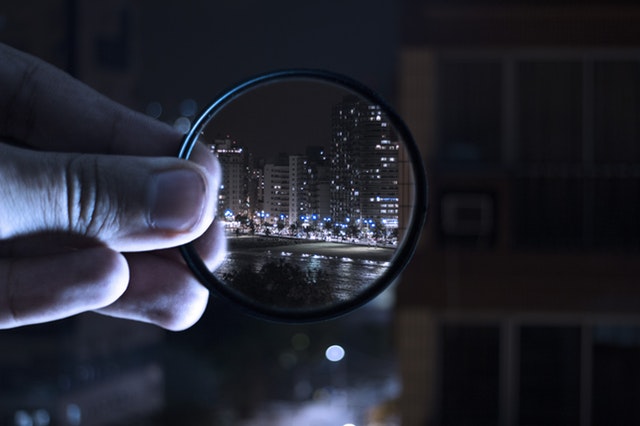Author: Stephanie Glen
- Non-Fungible Tokens (NFTs) are taking the art world by storm.
- A large number of serious problems outweigh any positives.
- Two infographics to explain the process and issues.
The above image shows how an object of value, like an artwork, music file or GIF, can be “minted” and sold via a non-fungible token (NFT). An NFT is much like a certificate of authenticity. But instead of a physical certificate, you own a token: a unique piece of data on a blockchain. NFTs work as public ledgers, recording each transaction associated with the sale of an artwork. When you purchase an NFT, you’re essentially purchasing a tamper-proof digital receipt.
An NFT is not:
- An artwork—digital or otherwise. The buyer doesn’t actually possess the original item at all. It is permanently stored elsewhere. A secure method is to attach the work permanently to an Ethereum blockchain—containing the work, the unique identifier, and an ownership record. However, it is possible to store the art on a server separate from the NFT.
- A right to copy, disseminate, or display the artwork [1]. The creator of the artwork usually keeps these rights. The buyer’s only right is that of ownership of an “original copy.” For example, the artwork in the image above is a portrait of Diana Ross I created in 2013. I sold the physical artwork and kept a digital copy. I could sell ownership of the digital image with an NFT (but I’m not going to, because of the environmental concerns outlined below).
- An exclusive digital version of the artwork. Digital artist Beeple made history earlier this year when Christie’s auction house sold an an NFT consisting of 5,000 of his illustrations for over $69 million. However, he posted each element of the art on Instagram; Anyone can download a free copy, albeit without that prized COA.
NFTs do have a couple of positives: They provide a solution to tracking digital artwork and verifying ownership. In addition, the technology is enabling artists to make up for lost income due to the pandemic lockdowns. However, the marketplace is suffering from a deluge of criticism for a variety of issues.
The Bad…and The Ugly
At the top of the list: Environmental issues: There is hot debate about how much energy is used specifically with NFTs. But we do know that its close companion, cryptocurrency, uses more energy than the whole of Denmark (or Argentina). A sale of just six NFTs is estimated to use ten times the energy that an average American uses in a month [2].
Many other issues are plaguing the inchoate technology:
- Fraud: Forgery is a pervasive problem for physical art collectors, and it has infiltrated the digital market as well. The lack of legislative control adds another layer of risk.
- Ownership issues: Paying several thousand dollars for a virtual “token” falls into the realm of legal quagmire. From a legal perspective, it isn’t clear who owns what.
- Prohibitive costs for artists: Artists can lose money due to “gas” and other fees associated with selling on Ethereum, even with minimum prices in the hundreds of dollars range. Cryptocurrency fees can be so unpredictable and difficult to comprehend that some artists are losing before they even post a work for sale. One artist reported on Reddit that “Fees out the behind” for money transfers caused him to lose $45 before he could even list his artwork [3].
- The bubble is about to burst. The NFT marketplace has also been dismissed by many market professionals as a “collector” bubble. Remember the Beanie Babies craze? Decades ago, these small cloth toys traded for thousands of dollars. Most are now worthless. James Surowiecki, a columnist for The Slate and The New Yorker, states that investing in collectibles is “far more lucrative when you get on it early”– and that time has passed. “There’s the very real possibility that the whole thing will crash,” he says [4].
- Tech Issues: NFTs are contributing to a global silicon chip shortage [5]. In addition, some buyers of NFTs aren’t aware of where their art is digitally stored. If it’s on a private server that crashes, the token will become worthless.
It’s doubtful that so many resources should be used for something that adds dubious value to the human experience. Until the serious problems with NFTs are fixed, visit a local art gallery and support your local artist.
References
[1] MCN Insights: NFTs are a scam.
[2] NFTs are not just bad for the environment, they are also stupid
[3] Lost $50 today trying to make NFT Art
[4] Fiat Lux News
[5] The paradox of NFTs: What are people actually paying for?
